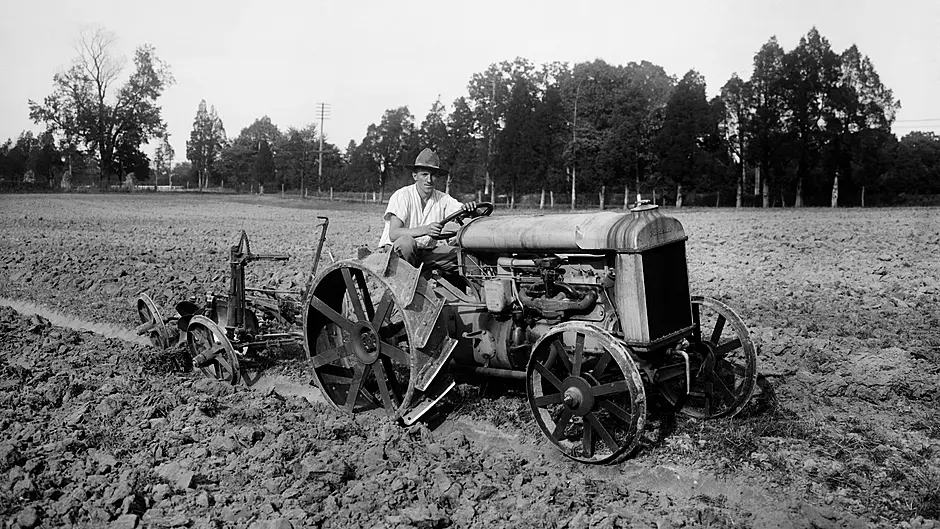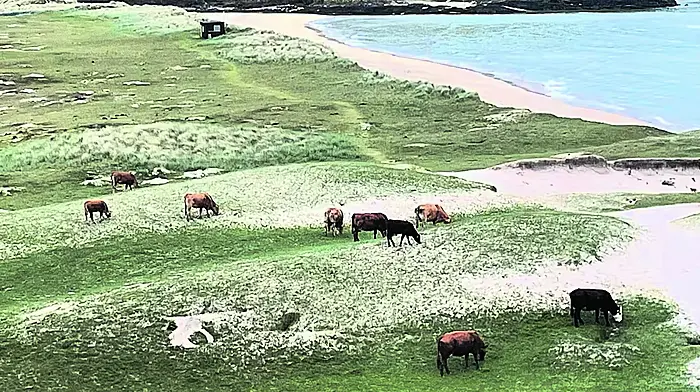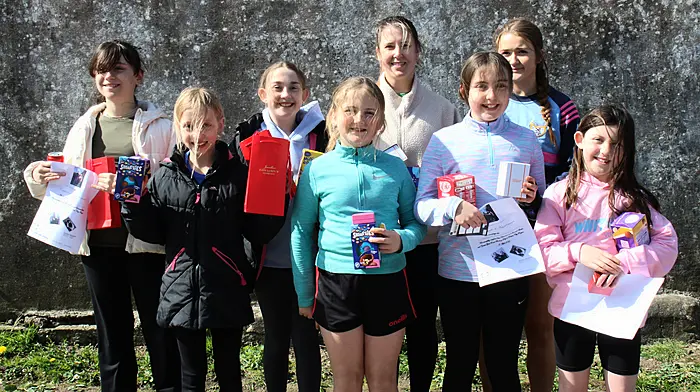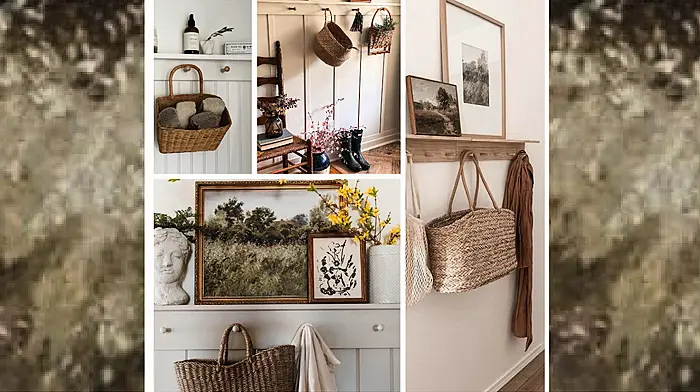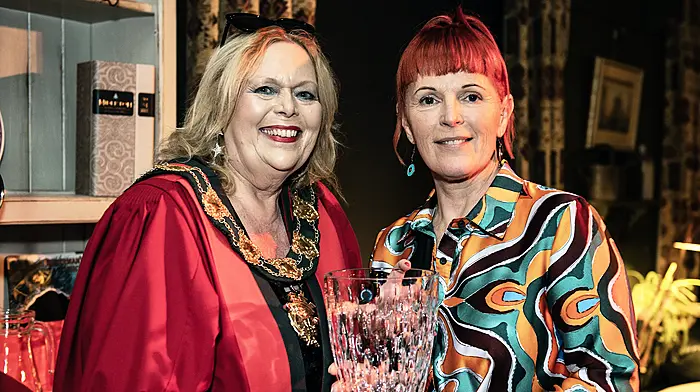A new book on the 1923 election notes the Farmers Party’s traction and the role of women, writes PAULINE MURPHY
Vying for Victory: The 1923 General Election in the Free State is the first book to focus on the pivotal election at the end of the Irish Civil War.
Newly published by UCD Press, it contains original writing from established and emerging experts on modern Irish history. There are chapters on the European context, America, the Catholic church, smaller political parties, propaganda and the role of women in Irish politics 100 years ago.
The 1923 Irish Free State general election took place on Monday August 27th when 153 seats were up for grabs and 63 went to the victorious pro-Treaty Cumann na nGaedheal party. The anti-Treaty Sinn Fein party won 44, the Farmers Party 15 and the Labour Party 14. The remaining seats were won by independents.
Mel Farrell details the emergence of the distinctly pro-Treaty political party Cumann na nGaedheal in a chapter in the book.
In West Cork, Cumann na nGaedheal became the largest party in the constituency, winning two of the five seats.
The pro-Treaty government party was formally established on December 7th 1922 at a meeting in No5 Parnell Square in Dublin, but the meeting was overshadowed by the killing of pro-Treaty TD and Ballinadee native Sean Hales who was shot by the IRA on his way to Leinster House.
In retaliation, the government ordered the execution of four IRA prisoners in Mountjoy prison, one of whom was Dick Barrett from Ballineen.
It was a ruthless response which continued throughout the bitter conflict and by election time in August 1923 Cumann na nGaedheal were using the motto ‘Safety First’ to reiterate their stance as the party of order and the keepers of peace, at any cost. We learn how the selection of Cumann na nGaedheal candidates in Cork was rather scatty. In the city Postmaster General JJ Walsh was selected alongside Mary Collins Powell, sister of Michael Collins.
The party had put forward a swath of candidates across the state, and were doing so right up to the week of the election! Mary Collins Powell found she could not devote herself fully to political life and withdrew from the race. She was replaced ten days before polling day by UCC Professor Alfred O’Rahilly who, along with JJ Walsh, won a seat for Cumann na nGaedheal in the city constituency known as Cork Borough.
In the Cork West constituency 15 candidates fought for five seats. Cumann na nGaedheal took two of those seats with Cornelius Connolly topping the poll, bringing along his fellow Cumann na nGaedheal candidate John Prior. Sean Buckley took one seat for Sinn Fein, Timothy O’Donovan won a seat for the Farmers Party and TJ Murphy of the Labour party was elected to the final seat.
Farrell writes: ‘The August 1923 Election represents Cumann na nGaedheal’s high water mark because the party failed to move on and offer something fresh in subsequent general elections. While Michael Collins had talked about ‘stepping stones to freedom’, Cumann na nGaedheal became increasingly identified with caution.’
The book’s fourth chapter, by Jason Knirck, takes a look at the smaller parties who enjoyed a solid following in Cork.
The Farmers Party painted the pro and anti-Treaty parties as being too urban and bureaucratic, while the Labour party described the two main parties as not representative of the working class. Timothy O’Donovan of the Farmers Party enjoyed a strong voting base in Cork West. He won every general election for the agrarian party since he first took a seat in 1923. When the party dissolved in the late 1920s, he then joined Fine Gael.
Clondrohid’s Timothy Murphy, better known as TJ Murphy, got involved in the trade union movement when he moved to Dunmanway and was elected as Labour TD in the 1923 election. Murphy was re-elected at every election until his untimely death in 1949, when he collapsed suddenly while addressing a rally in Fermoy.
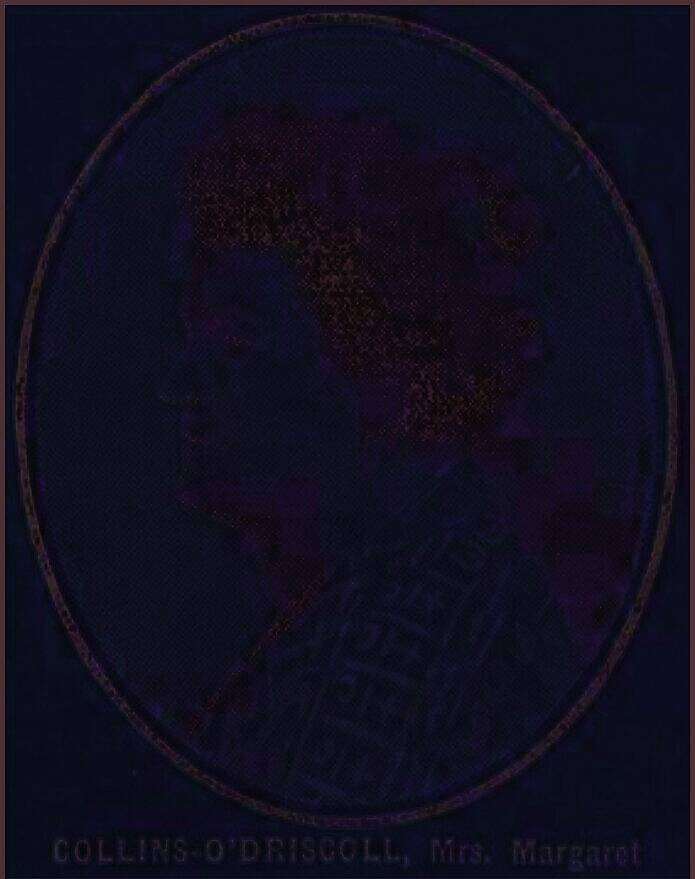
In a chapter on the role of women in the 1923 election, Claire McGing focuses on the overlooked role of women in the political landscape 100 years ago.
In 1923 all men and women over the age of 21 could vote, and women turned out in high numbers to do what their mothers and grandmothers could never do – carry out their democratic duty, but they had little choice when it came to voting for a candidate of their own sex.
Of the 153 elected members of the fourth Dáil, only five were female. Four Sinn Fein female TDs – the Easter Rising veterans Countess Markievicz and Kathleen Lynn in Dublin, in Waterford Caitlin Brugha (widow of Cathal Brugha) and in Cork city Mary MacSwiney, sister of martyred lord mayor Terence, all abstained from their Dáil seats leaving just one female voice in parliament – Cumann na nGaedheal’s Margaret Collins O’Driscoll.
The eldest sister of Michael Collins, and the first female Cumann na nGaedheal TD, Margaret Collins O’Driscoll was elected for the Dublin North Constituency where she lived on North Circular Road with her husband Patrick and family.
The West Cork woman was a first-time candidate and McGing writes ‘details of how she became a candidate are vague ... there is no doubt that her lineage was a crucial factor for selectors. When first elected, she took her seat in mourning dress, calling attention to the loss of her brother.’
Margaret Collins O’Driscoll strictly adhered to the conservative party line as the Cumann na nGaedheal government set ‘a series of discriminatory legislative reforms to restrict women’s rights.’
As the former principal of Lisavaird Girls National School she was regarded in parliament as an authority on educational issues, rather than a progressive voice on female issues.
Known as a hard worker on the ground, Margaret increased her share of the vote in the 1927 and 1932 elections, but she lost her seat following the 1933 election and retired from political life thereafter. She died in 1945 at the age of 68 and was buried in Glasnevin cemetery, not far from the final resting place of her brother.
The statesman from Clonakilty who was slain a year before the 1923 election proved to be a vital cog in the Cumann na nGaedheal propaganda machine.
Apart from running family members as candidates, the party seized on the first anniversary of the death of Collins which fell mid-campaign on August 22nd.
Free State troops assembled at Béal na Bláth under General Richard Mulcahy who topped the poll for Cumann na nGaedheal in Dublin North, the constituency he shared with Margaret Collins O’Driscoll. Widespread coverage was given in local and national newspapers, while the name of Michael Collins was mentioned at every hustings.

The book fills the gap of an overlooked time in Irish history – the begining of modern Irish democracy and, in appropriate fashion, the newly published book is dedicated ‘to all those who put themselves forward for election and played their part in consolidating democracy in the aftermath of the Civil War.’
• Vying for Victory: The 1923 General Election published by www.ucdpress.ie, is available nationwide.

